Conservation Agriculture
Conservation agriculture (CA) refers to a number of practices that in combination aim to conserve soil moisture and organic matter, reduce erosion and optimize use of inputs for seasonal crops. CA consists of three main elements: minimum or no tillage, cover crops at all times (no bare soil fallows) and crop rotation. Some authorities now suggest that fertilizer applications should become a fourth element. With the exception of cover crops and fertilizer use, CA practices do not directly apply to coffee because it is a perennial crop — CA is included here, however, because most coffee smallholders also grow subsistence crops, and can incorporate these practices to make their production systems more climate resilient overall.
Status: increasingly widely adopted for a range of arable crops in industrial and developing countries. Ongoing trials in c&c farmer fields in Tanzania show very substantial yield gains.
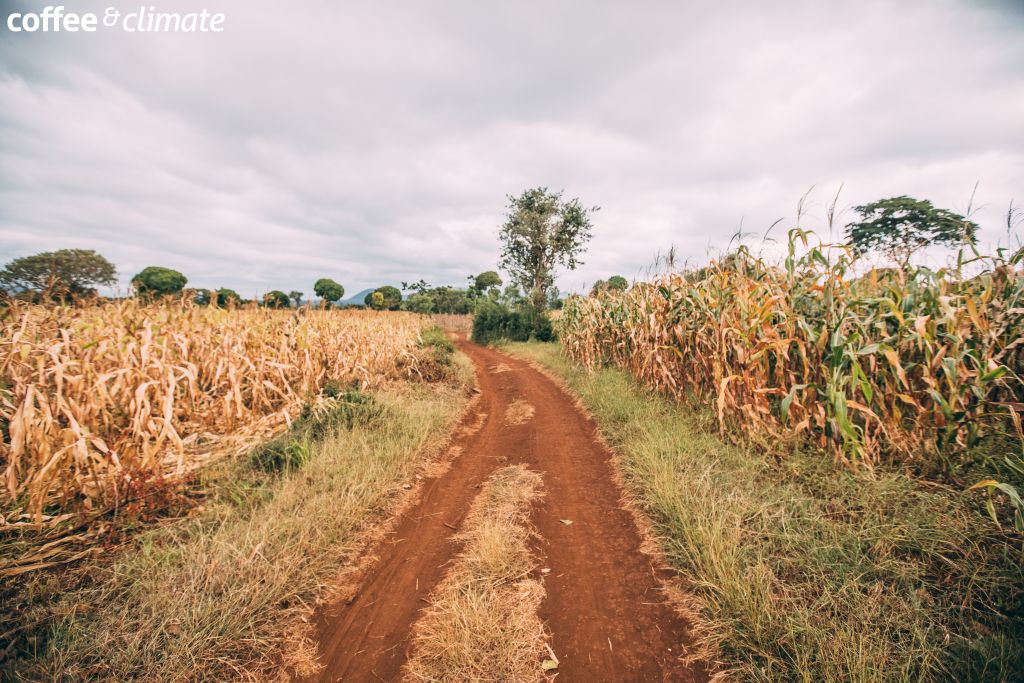
Concept
With increasingly extreme climatic conditions, farmers should diversify their production systems and adopt ways to protect all crops from such extremes. For seasonal food crops like maize and beans, CA is a climate-smart alternative to traditional farming practices. CA is an approach to soil management aimed at minimizing disruption of the soil’s structure, composition and natural biodiversity. It refers to a number of practices that in combination aim to conserve soil moisture and organic matter, reduce erosion and optimize use of various inputs (fertilizer, seeds, energy, labour) for seasonal crops. For land preparation, farmers should not till (plough) their arable land, but use different minimum-tillage land preparation methods, e.g. digging planting basins as holes or preparing furrows as rip-lines with mechanized or animal drawn rippers. As much as possible, farmers should follow technical guidelines regarding planting standards – such as a defined number of seeds and amount of fertilizer per station and spacing– which are appropriate to the soil and other natural factors in the particular area. In addition, rotating the production of cereal and legume crops, retaining at least 20 percent of the crop residues on the soil surface, and keeping the planting basins or rip-lines weed-free are all parts of CA.
Drawbacks
- Availability of CA tools/equipment, e.g. nozzles, rippers, may be limited and implementation is difficult with only hand tools – abandonment of CA practices has been widely seen in some smallholder situations.
- A steep learning curve: CA is a major change from tillage and bare soil fallowing, so it can take time to change old habits.
- Initial stages of a change to a CA system can require considerable extra labour costs.
- Weeding costs can be high and farmers may need to resort to herbicide use.
- Limited know-how regarding correct use and safe application of herbicides among farmers.
Costs
- Medium.
Recommended Activities
Main components in successful Conservation Agriculture include:
- Prepare land with minimum tillage practices to avoid soil disturbance.
- Follow regionally-specific planting standards and timing.
- Control weeds by hand weeding or using herbicides.
- Create a permanent soil cover by using crop residues for mulching or cover crops, and crop rotation.
- Get advice. Regular and timely extension advice is important during the initial adoption phase.
- Start small. Try on one small plot to start with, to get accustomed to the practices and so that farmers can gauge the benefits against the costs.
Further Activities
- Soil protection is a major component of any adaptation strategy, so from a climate change viewpoint, it is the soil cover aspects of CA that are particularly important.
- Have something to add to this tool description? Leave a comment!
- Interested in applying this tool? Look for pictures, case studies and info sheets below for step-by-step instructions to get you started.
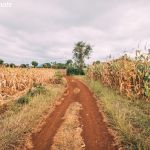
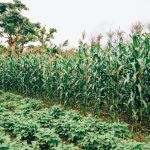
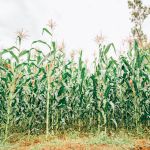
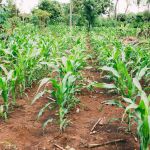
Leave a comment
0 comments